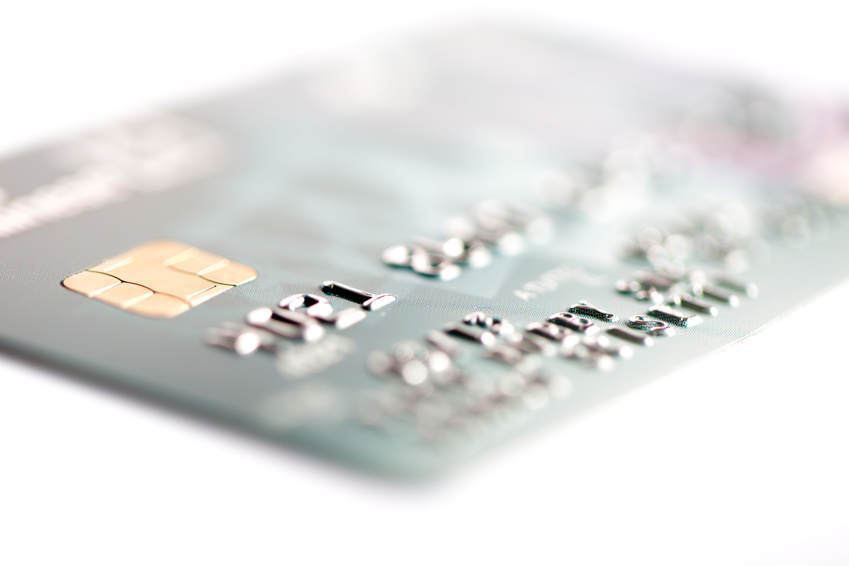Credit card fraud continues to be a massive problem in the U.S. In 2014 alone, credit card fraud cost retailers approximately $32 billion. How is it possible for retailers to be robbed of so much? From Target to Home Depot, all of these fraud situations stem from the relatively weak security of debit and credit cards.
EMV, a new type of credit card with a microchip, is being implemented in an effort to deal with this problem. However, many are saying that EMV will not be a panacea. While it may solve some of the problems that are being focused on right now, there are always weak points that can fall pray within the payment ecosystem.
The new securities that are being implemented will affect e-commerce as well as brick-and-mortar establishments. The hope is that these new payment protocols should help to mitigate fraud. A recent report by BI Intelligence reveals some information concerning these new securities:
- EMV cards. These new cards will be issued with an embedded microchip for added security. This microchip has the capability to carry out real-time risk assessment on the cardholder’s purchase activity; this assessment is based on the cardholder’s user profile. The fact that the card generates dynamic cryptograms that change with every purchase, each time the card is inserted into a payment terminal, is going to make it a struggle for fraudsters when they attempt to make their counterfeit cards.
- Point-to-point encryption. The most tightly defined form of payments encryption, point-to-point encryption keeps sensitive payment data encrypted from point of capture all the way through to the gateway or to the acquirer. The whole process is protected. As a result, hackers are unable to obtain any usable data whether you are shopping online or in a store.
- Tokenization. This security measure assigns a random value to payment data. In order to guarantee customer satisfaction and convenience, these tokens are often “multiuse” so the consumer is not required to re-enter any payment details. The purpose of tokenization is to make it impossible for potential hackers to access data from the token itself.
Why do all of these security measures and protocols mean for chargeback protection providers? Every time fraud occurs and the establishment does not have EMV capability, that business will be liable for the fraud and loss. However, due to the increased protection against card skimming, increased protection from magnetic strips and improved authentication possibilities, chargebacks will generally be less fraud-related.
The end goal is that EMV will bring a more stable and secure credit card processing system to the U.S. The important thing for businesses is to stay aware of the changes and improvements that are expected, along with having a willingness to adapt to change. The hope is that companies will possess and maintain a higher technology than their surrounding entities, giving them a higher level of protection.


